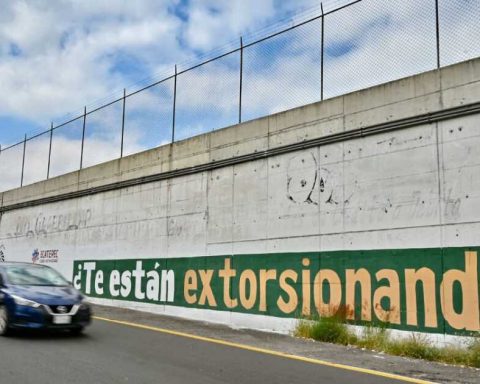Victor M. Toledo
AND
he new biocultural paradigm was analyzed at an international event held in Paris on November 13 and 14, to which we were invited, sponsored by the School of Higher Studies in Social Sciences and the National Council for Social Research of France. At the same time, an unusual event occurred in Mexico. The director of the National Commission of Protected Natural Areas (Conanp) received the representatives of the Guerrero Biocultural Corridor, an alliance of 12 agrarian centers from five municipalities that bring together 198 localities of three indigenous cultures (Nahua, ñuu Savi and Me’phaa) and with an area of 92 thousand hectares of the Mountain Region of Guerrero, which proposed modifying the General Law of Ecological Balance and Environmental Protection (LGEEPA). His proposal, fresh and innovative, coming from an intercommunity organization that began in 2020, consists of promoting a legal reform so that article 46 of the LGEEPA includes biocultural corridors, which was accepted by the director of Conanp, who promised to carry it out. in 2025. During the neoliberal period and under pressure from rural organizations, governments invented a modality that was registered as voluntary conservation
of natural areas, which avoided granting a conservation category for ejidos and communities. Those were the times of the anti-peasant.
Today, in addition to the Guerrero Biocultural Corridor, there is the Estuarine Biocultural Corridor in Sonora and Sinaloa, made up of six estuaries that are also RAMSAR Sites of international conservation, and that belong to three indigenous communities: Comcaac (Seri), Yoeme (Yaqui) and Yoreme (May). Altogether, this coastal corridor conserves whales, dolphins, sea lions and turtles, in addition to the mangrove flora, and promotes intercommunity organization and the defense of territories.
Another initiative is the Quintana Roo Manatee Biocultural Corridor (https://www.facebook.com/profile.php?id=100088405605470) dedicated to education, sustainable tourism and community care of the manatee. This citizen initiative has carried out three training workshops in coastal communities and other actions, led by the NGO One Earth.
Similarly, but preceding the corridors, six Mayan municipalities in the state of Yucatán in another intercommunity alliance (Muna, Ticul, Santa Elena, Oxkutkab, Tekax and Tzucacab) decided to create the Intermunicipal Board of the PUUC and the first Biocultural Reserve in the country, taking as witness of honor to the government of Yucatán through its Secretariat of Urban Development and Environment. This initiative, which comes from below, conserves jungles, flora, fauna and archaeological monuments in 135 thousand of a total of 562 thousand hectares that make up the common territory.
In the country there are also other regions that can and should become biocultural corridors or reserves. This is the case of the Wixarika (Huichol) corridor for collecting peyote ( Lophophora williamsii) that goes from Nayarit and Jalisco to the Wirikuta region, in San Luis Potosí. That of the Chimalapas region, in Oaxaca. That of the communities around the Montes Azules Reserve, in Chiapas. And that of the populations of the Sierra Norte de Puebla, which have already created a geopolitical alliance of 234 Nahua and Totonaku communities in defense of the territory for a decade.
The concept of bioculturality that in our country had its academic beginning with the publication of two works in 2008 ( The biocultural heritage of indigenous peoplesby Eckart Boege, and biocultural memorywritten by yours truly and co-authored by N. Barrera-Bassols), continued its expansion and multiplication with the Biocultural Heritage Network in 2011, a consortium supported by Conacyt and which today brings together almost 200 researchers, in addition to having been adopted by various government programs. Today, as we have seen, it is already in the imagination and actions of the people themselves, and happily it will be distributed to all corners of the country in the years to come.
I appreciate the information provided by Javier Bailón, Mayolo Hernández, Diana Luque and Geraldine Patrick.














